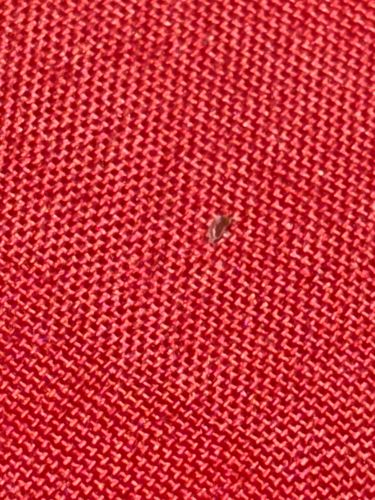Flea
Scientific Name: Varies by species, common examples include Ctenocephalides felis (cat flea) or Pulex irritans (human flea)
Order & Family: Order Siphonaptera, Family Pulicidae (common fleas, e.g. cat flea, dog flea)
Size: Typically 1.5 mm to 3.3 mm (0.06 to 0.13 inches) in length

Natural Habitat
Fleas are found globally, thriving in warm and humid environments. They live on the bodies of their hosts but can also be found in host bedding, carpets, cracks in floors, and other sheltered areas within homes or animal living spaces where eggs, larvae, and pupae develop.
Diet & Feeding
Adult fleas are obligate hematophagous parasites, meaning they feed exclusively on the blood of their animal hosts (mammals and birds). Larval fleas feed on organic debris, including adult flea feces which contain dried blood.
Behavior Patterns
Fleas are wingless insects that are excellent jumpers, able to leap great distances vertically and horizontally. They live on the outside of their hosts and feed on blood. Adult fleas reproduce rapidly, especially in warm, humid conditions. Their life cycle consists of egg, larva, pupa, and adult stages, often completed within 21 days depending on environmental conditions.
Risks & Benefits
Fleas are primarily considered pests due to their bites causing itching, skin irritation, and allergic reactions (flea allergy dermatitis) in humans and animals. They can also transmit diseases and parasites, such as tapeworms (Dipylidium caninum) and historically, bubonic plague (via oriental rat flea, Xenopsylla cheopis). There are no known direct benefits of fleas to the ecosystem or humans.
Identified on: 9/4/2025